In researching 17th century maternity wear recently, I came upon a treasure-trove of information on 17th century daily life in Holland, compiled by art historian Kees Kaldenbach. The facts of daily life are deducted in part from the detailed inventories of the Vermeer household, as well as paintings.
The history geeks among us will know well the feeling of coming upon such a resource. I call it "Falling into the Black Hold of Research" when I emerge to see that hours have passed.
Consider yourself warned!
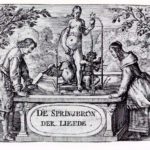
On courtship and making love
Childbirths, midwives, obstetricians
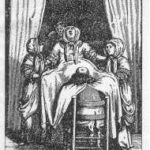
Maternity dress and trousseau
Children's chair, potty chair
Baby child presented in a crisom
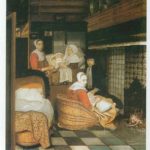
Feeding brest milk/mother's milk
Vaginal syringe
Fire basket, fire holder
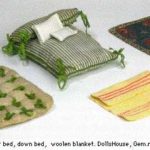
Mattress, bed, blanket. A bed was made of three layers:
- a flat mattress filled with bedstraw, horse hair or sea grass.
- a soft cover filled with feathers, down or "kapok" from silk-cotton trees. This is the layer a person would sleep on.
- sheets and blankets
pillows (pillows, ear cushion, sit cushion, tapestry cushion — there were no chairs for the children. They were to use pillows when the adults used the chairs.); blanket,
bed cover: fascinating! The Vermeer household of 3 or 4 adults and 11 children had few blankets. People slept sitting up, two to a bedstead, propped up by pillows. The children slept in wheeled drawers which slid under the bed.
bedsheets, pillow cases, bed linen: 8 pairs of sheets were valued at 48 gilders — the equivalent of a workman's wage for 24 to 48 days.
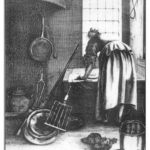
In the cooking kitchen
In the basement, or cellar
In the inner kitchen
Delft markets
Market bucket
Tables: fold-out table, pull-out table, round table, octagonal table, sideboard: This includes instructions on table manners. ("Do not propose to sing at the table oneself ; wait until one is invited repeatedly to do so and keep it short.")
Trestle table
Foot stove: "One placed an earthenware container within the foot stove and filled it with glowing coals or charcoal. One then placed the feet on it. If a large dress was then lowered over it, or a chamber coat, it warmed both feet and legs."
Pots, vats and barrels in the basement
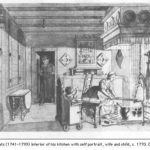
Chimney hanging; pelmet, valance, rabat; large chimney covering cloth; gold tooled leather (wall covering);
Hall stand or hat stand;
Cloth drying sticks: long, round sticks that rested on attic ceiling beams. The sticks were pushed through sleeves of wet clothes and thus would allow for drying.
Wood chairs, covered with red Spanish leather.
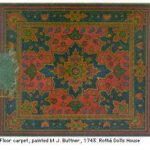
Tapestry table rug: "Only the most wealthy of Dutch households put Turkish rugs on the floor."
So, you see? I hope you enjoyed this little trip back into the 17th century.
Sandra Gulland
Author of The Josephine B. Trilogy and Mistress of the Sun
============================================
WEBSITE: http://www.sandragulland.com/
BLOG: http://bit.ly/TheWritingLife
FACEBOOK: http://on.fb.me/SGFBpage
TWITTER: http://twitter.com/Sandra_Gulland
GOODREADS: http://www.goodreads.com/SandraGulland
============================================